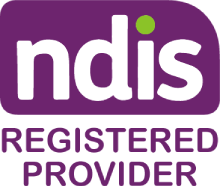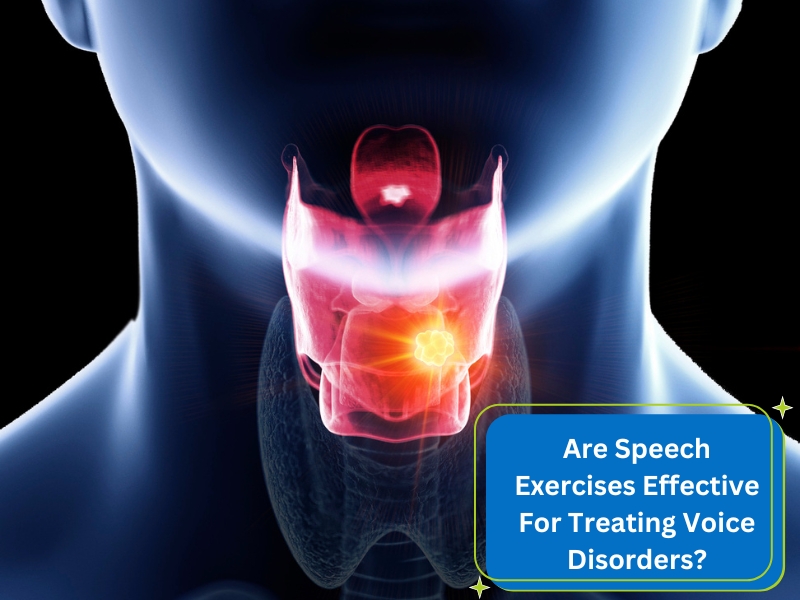Voice disorders can significantly affect a person’s quality of life, making everyday communication a challenge. Fortunately, speech exercises have proven to be an effective treatment option for individuals struggling with these conditions. If you’re wondering whether speech exercises can help, you’re in the right place. This article explores the impact of voice disorders, how speech exercises can assist, and whether they are suitable for all ages.
What are voice disorders, and how do they affect daily life?
Voice disorders affect the production or quality of speech and can result from injury, illness, or overuse of the vocal cords. Common issues include hoarseness, voice loss, and difficulty speaking loudly enough. For those with voice disorders, everyday activities like phone calls, conversations, or public speaking can feel frustrating and isolating. Early treatment is crucial for improving communication and restoring confidence, helping individuals reconnect with others. While voice disorders primarily affect speech quality, recognising the signs of a language disorder is equally important, as these conditions can further hinder effective communication.
How can speech exercises help with voice disorders?
Speech exercises play a crucial role in the rehabilitation of voice disorders. By working with a speech therapist, individuals can learn techniques that improve the function of their vocal cords and enhance their speaking abilities. Here’s how vocal practice works can help:
- Robust vocal muscles: Targeted exercises empower your vocal muscles, enhancing speech strength and endurance.
- Masterful breath control: Breathing exercises refine your breath control, the cornerstone of clear and sustained speech.
- Harmonious vocal tone: Restore a balanced vocal tone and pitch, revitalising your voice.
- Expanded vocal range: Unleash the full potential of your voice with exercises that broaden your vocal range.
- Crystal-clear communication: Experience enhanced voice clarity and reduced strain, ensuring effortless communication.
Can speech therapy improve communication for those with disabilities?
Speech therapy helps people with disabilities communicate better. Voice disorders can be challenging for those with autism, cerebral palsy, or Down syndrome. Tailored exercises improve speech, making communication more precise.
- Enhance articulation: Improves speech clarity for better understanding.
- Support nonverbal communication: Develop alternatives like sign language or devices for non-speaking individuals.
- Foster social interaction: Boosts confidence in communication with others.
- Address cognitive-communication issues: Helps with memory and problem-solving related to communication.

How long does it take to see results from speech exercises for voice disorders?
The time to see results from speech therapy varies. Improvements often appear within weeks or months, depending on the disorder’s severity and dedication to treatment. Several factors influence this timeline:
- The severity of the voice disorder: More complex conditions may take longer to treat.
- Consistency of practice: Regularly performing vocal practice. as instructed by a therapist is critical to success.
- Type of voice disorder: Disorders related to muscle weakness or improper vocal techniques may improve faster with speech exercises.
- Age and health condition: Older adults with speech impairments or those with other health conditions may require a longer time to see improvements.
What types of speech exercises are used for voice disorders?
Speech therapists use a variety of exercises designed to address different aspects of voice production. Some of the most common types of speech exercises include:
- Vocal warm-ups: These exercises involve gentle humming and other techniques to prepare the vocal cords for use.
- Breathing exercises: Techniques such as diaphragmatic breathing help individuals control airflow and reduce strain while speaking.
- Pitch variation: Exercises that help individuals modulate their pitch for more natural speech.
- Resonance training: This focuses on improving the tone of the voice and ensuring it resonates properly, preventing nasal or breathy speech.
- Articulation drills: These exercises target the clarity of speech, helping individuals pronounce words more clearly.
Are speech exercises suitable for children and adults with voice disorders?
Speech exercises are practical for both children and adults with voice disorders. However, the type of exercise and treatment plan may vary depending on the individual’s age.
For children:
- Play-based exercises: Therapists often use games and activities that make vocal exercises enjoyable and engaging for children.
- Early intervention: Early intervention with voice issues can help children establish proper speech patterns, preventing future communication difficulties.
For adults:
- Targeted exercises: Adults may require more specific techniques to address issues such as voice strain, pitch, or volume control.
- Behavioural adjustments: Therapy may involve teaching adults how to adjust their voice use to prevent future strain, such as proper posture or vocal warm-ups before speaking.

How can vocal exercises benefit family members of individuals with voice disorders?
Voice disorders impact not only the individual but also their family. Communication challenges can lead to frustration. Speech therapy benefits the whole family by improving communication, reducing stress, and fostering stronger bonds. Additionally, families can explore the different types of speech therapy available to support their loved ones’ recovery further.
- Improve communication within the family: As the individual’s voice improves, family members can engage in more effective and fulfilling conversations.
- Reduce stress: Clear communication can reduce misunderstandings and ease the stress of having to ask for clarification repeatedly.
- Foster better relationships: Enhanced communication leads to stronger relationships, as family members feel more connected to the individual.
- Encourage a supportive environment: Families can learn alongside their loved ones, providing support during exercises and celebrating progress.
What role does a speech therapist play in treating voice disorders with exercises?
A speech therapist plays a crucial role in diagnosing and treating voice disorders through tailored vocal practice. Their responsibilities include:
- Assessment: Conducting an in-depth evaluation to identify the type and severity of the voice disorder.
- Tailored therapy plans: Creating a personalised speech therapy plan tailored to the client’s unique needs, including specific exercises to target their particular challenges.
- Ongoing monitoring: Tracking progress and making adjustments to the therapy plan as necessary.
- Education and guidance: Teach the individual and their family how to perform exercises correctly and incorporate them into daily life.
Improving Voice Disorders with Speech Exercises
Speech exercises are a proven and effective way to manage voice disorders through targeted voice disorder treatment. They help individuals regain the ability to communicate clearly and confidently. Whether for children, adults, or individuals with disabilities, speech therapy offers personalised care that addresses specific needs and improves overall communication.
At Auburn Health Centre, speech therapists are dedicated to crafting customised plans that support clients in overcoming voice disorders. With a compassionate approach and flexible scheduling options, we help individuals of all ages achieve their speech and communication goals, empowering them to connect with others and thrive in their everyday lives. Contact Auburn Health Centre today!


